



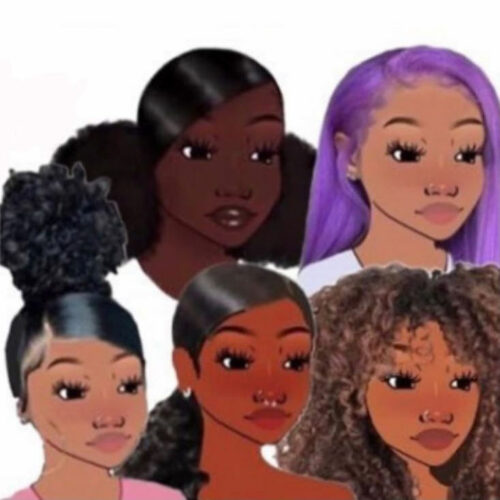
Antirasistarnir
@antirasistarnir
images:
Eva Sigurðardóttir
@evasigurdar
@evasig__
evasigurdar.com
translation:
Elinóra Guðmundsdóttir
We, Anna Sonde (15 years old), Johanna Heile Kebede (16 years old), Kristín Taiwo (17 years old), Tamara Akinyi (18 years old), Tekla Rögn (17 years old) and Valgerður Emanuela Kehinde (17 years old) are six girls who decided to create the Instagram account @antirasistarnir, the anti racists. On the platform we, along with others, share our experiences of racism in Iceland. In this article we want to talk about the stereotypes in entertainment are reflected on our reality and the impact they have on Black women.
Feminism has not always welcomed everyone, and we want to use this opportunity to share Black women’s experiences.
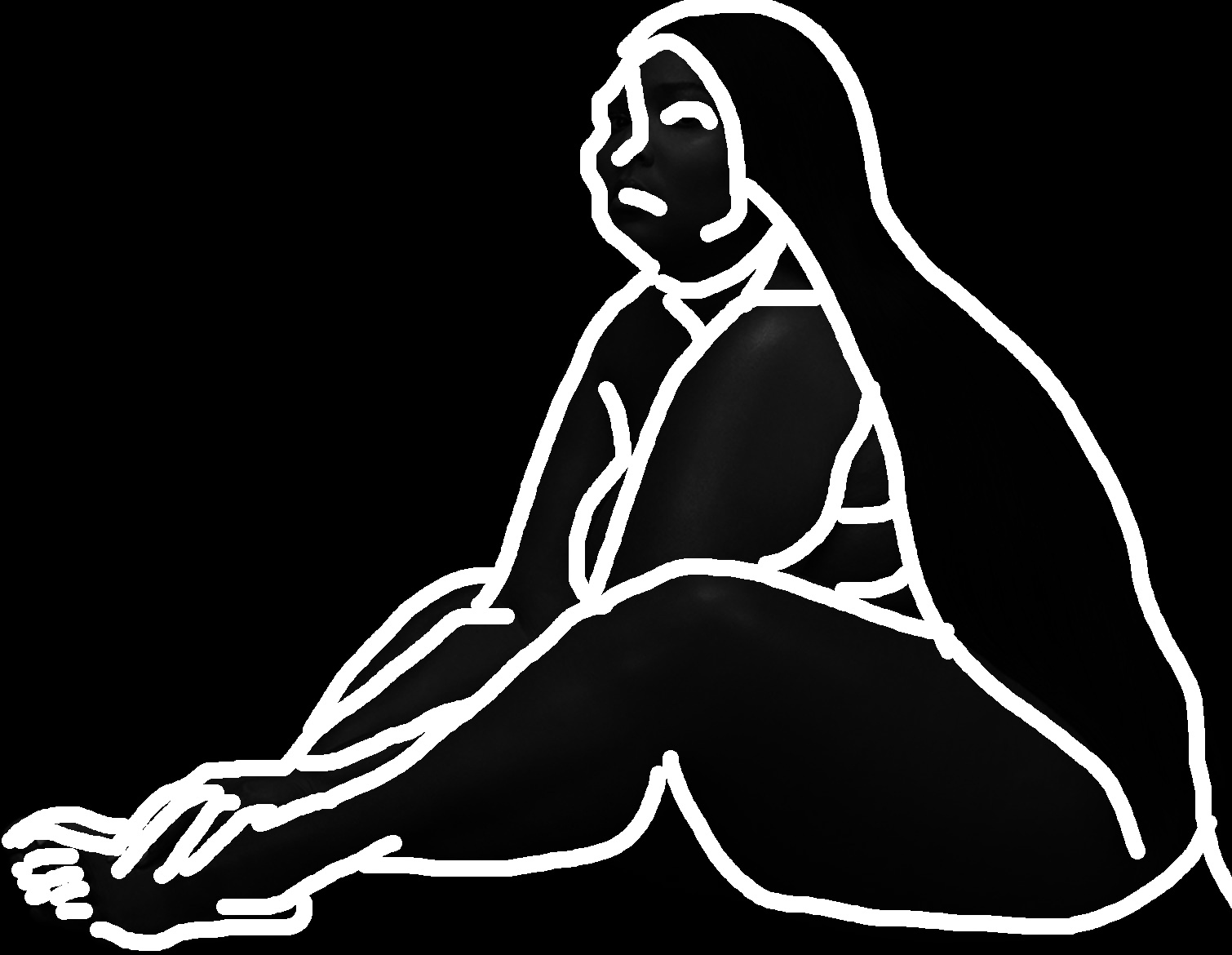
“The angry Black woman”, and “The Sapphire” are examples of these stereotypes. They originated in comic plays from the 20th century, where the actors would wear a black face. The reference “The Sapphire trope” comes from the TV shows The Amos and Andy show from 1950’s where the main character’s wife, Sapphire, was portrayed angry and not womanlike at all. The stereotype was made to be the opposite of the white women. Black women were shown as strong, manlike and angry. They were supposed to have weakened the Black man and undermined their manhood. They were the opposite of what woman should be, at the time. Similarly, Black women were seldomly allowed to celebrate their femininity on TV. Through the years, these stereotypes have developed and now, Black women are often portrayed as aggressive, ghetto or ratchet. Whole series have revolved around these stereotypes and while at it, diminished the lived experience of women of Color and Black women. White audiences don’t realize how problematic this is nor how entertainment has normalized Black people’s suffering. The most popular of all stereotypes nowadays is probably the part of the sassy black friend. She is normally just a supporting role for the white mail role and is used purely for entertainment value and laughter. The role is often a very plain one and is only used to support the development of the main roles. Most of the time we’ve anticipated that the Black women has a lot of internalized anger and that she’s easily triggered to loose it.
This stereotype has the effect that we tend to not comment on things that bother us.
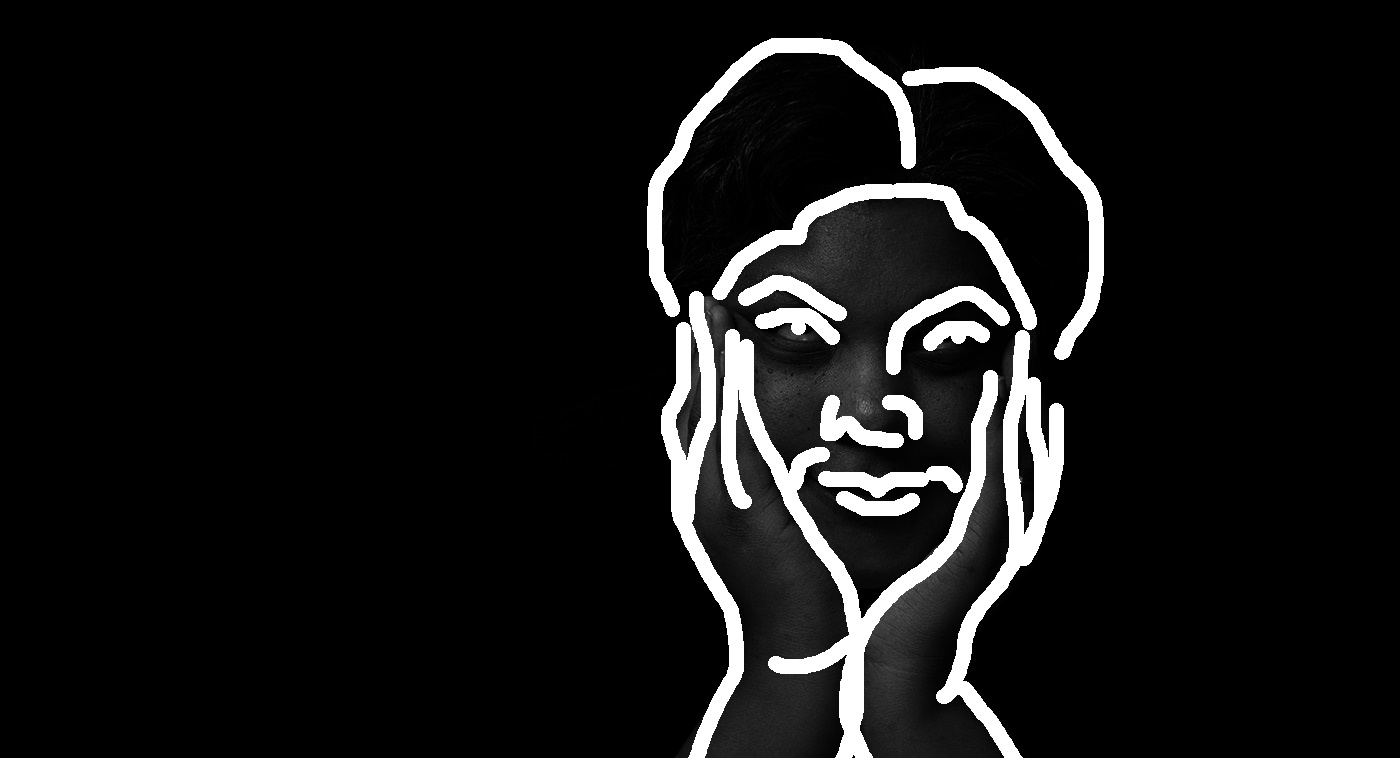
In today’s entertainment, this is more often than not, the only stereotype Black girls have as a role model. The angry Black women is used to make Black women’s experiences invalid. Emotional expression should be a fundamental right but Black women are deprived from it. They consistently have to control their feelings in front of other people. When they open up they are not taken seriously, but considered angry and aggressive. The impact this has on Black women and girls is massive and it’s estimated that around 70% of Black women are afraid that they are or will be considered aggressive. Which leads to Black women building up walls which are hard to break down. Black women therefore often have to depend on themselves, as a individuals in the society.
Interestingly, on the other end of the spectrum, there is “The Jezebel trope”, an idea that Black women are in their essence sexual, but that contradicts the theory of the Black women not being feminine. The problem is that through the years, the femininity of Black women has been intertwined with how sexual they are. Instead of valuing Black women and their femininity, they are objectified and portrayed only as sexual beings.
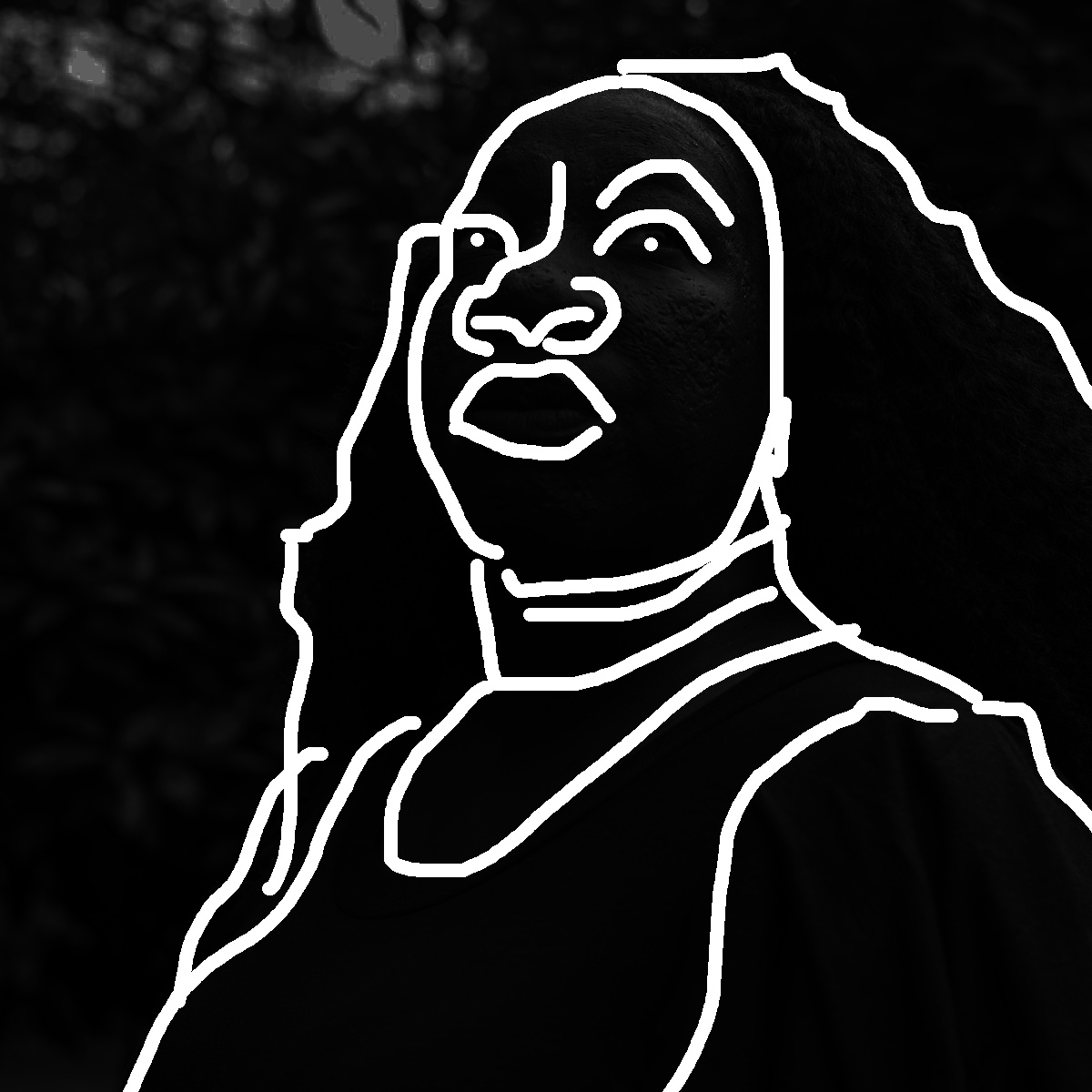
This stereotype originates in slavery and colonialism, where Black people were dehumanized and treated more like animals than humans.
They were put in zoos all over the world, and especially Black women which were thought to have such big sexual bodies. One of these women was Zarah Baaman, a Black woman considered to have a sensual body, with wide hips and big breasts. She was showcased as a trophy all over Great Britain and was supposed to show how Black women are built.
Slavery and colonialism created an environment where Black women were constantly raped. They had mixed children, and white people needed to find an excuse to continue their rape on young Black women, as they were hardly considered human. There, the idea that Black women where in their nature tempting and sexual, was born. As a result, Black women’s bodies and faces are still to this day considered to provoke sexual impulses. This can be seen all over in Hollywood.
Characters like Carmen Jones, the eponymous hero of the film and Sharon Stone in The Flintstones showcase these stereotypes.
These stereotypes often appear in Black women’s love life, which are often characterized by obsession or hyper-attention on the Black women body. Quotes like “I’ve never been with a Black woman”, or “Black women have big asses”, objectify Black women as sexual goddesses that have no feelings or personalities. Black women have feelings like everyone else. The fact that we even need to say this, shows how long the road to equality is.
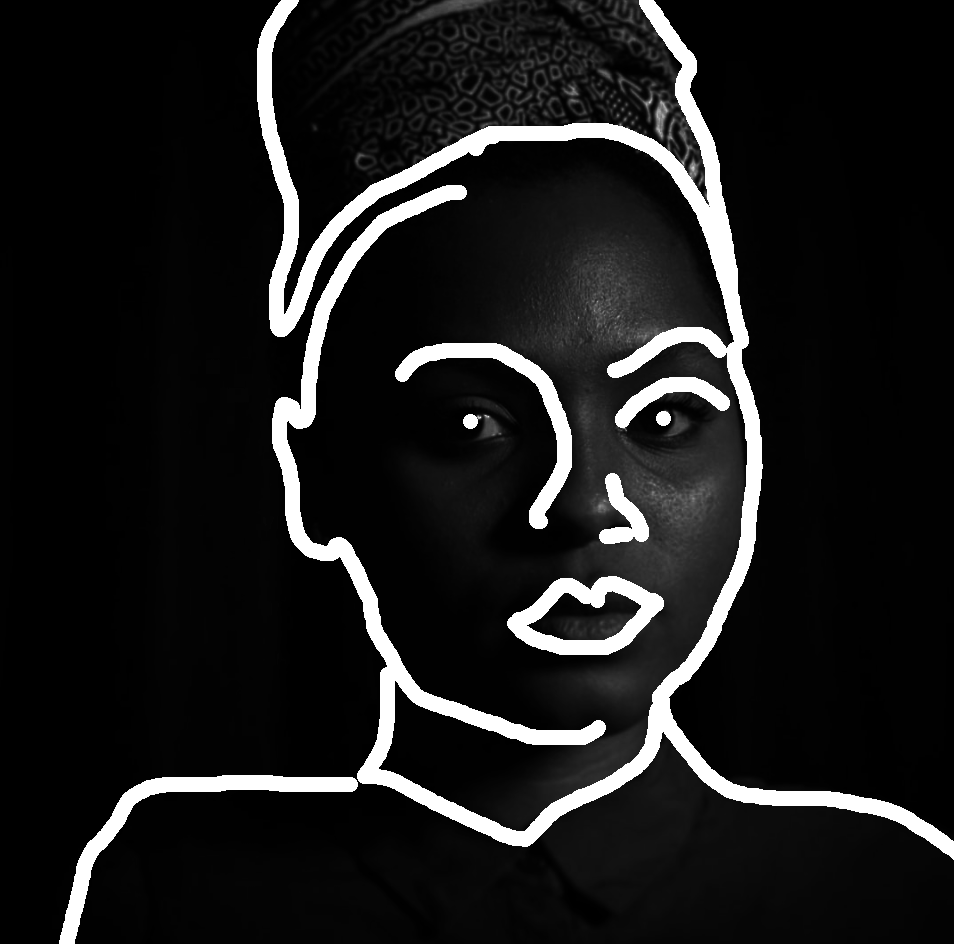
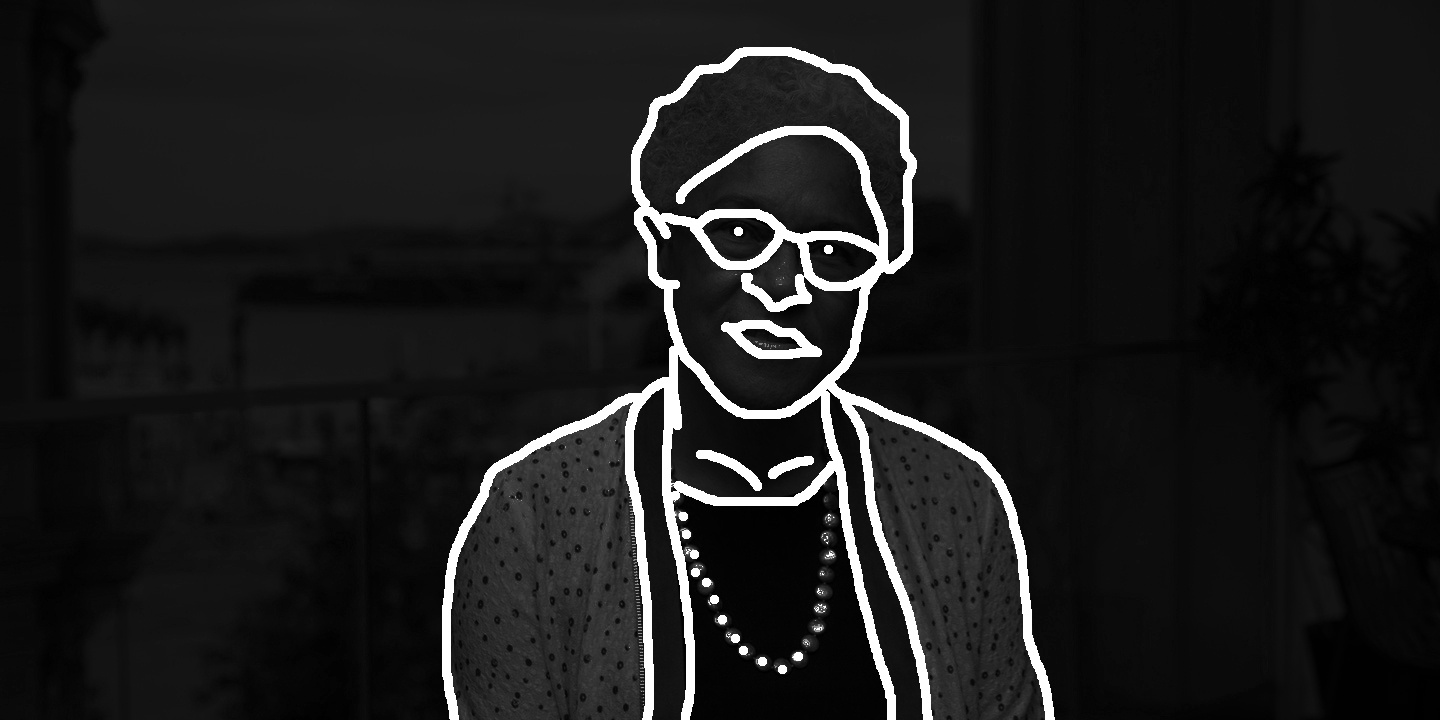
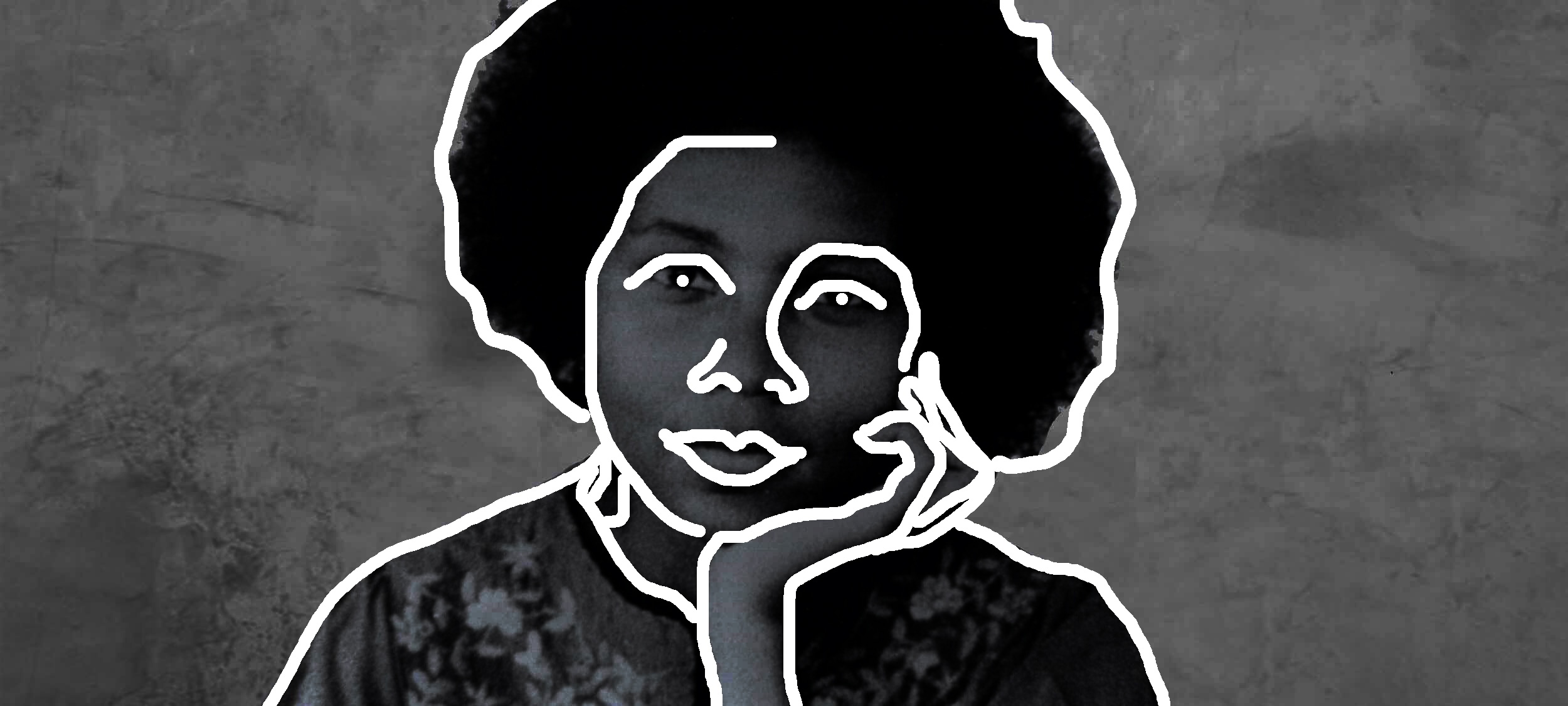
Throughout history, Black women’s experiences have been ignored in feminist battles. Systems like white supremacy excluded People of Color and Black people.
We’re finally seeing some movements that include Black women’s experiences, like “womanism” and “intersectional feminism”. Feminism is supposed to fight for freedom for all women. The patriarchy will not fall unless all systems of oppression fall alongside with it.
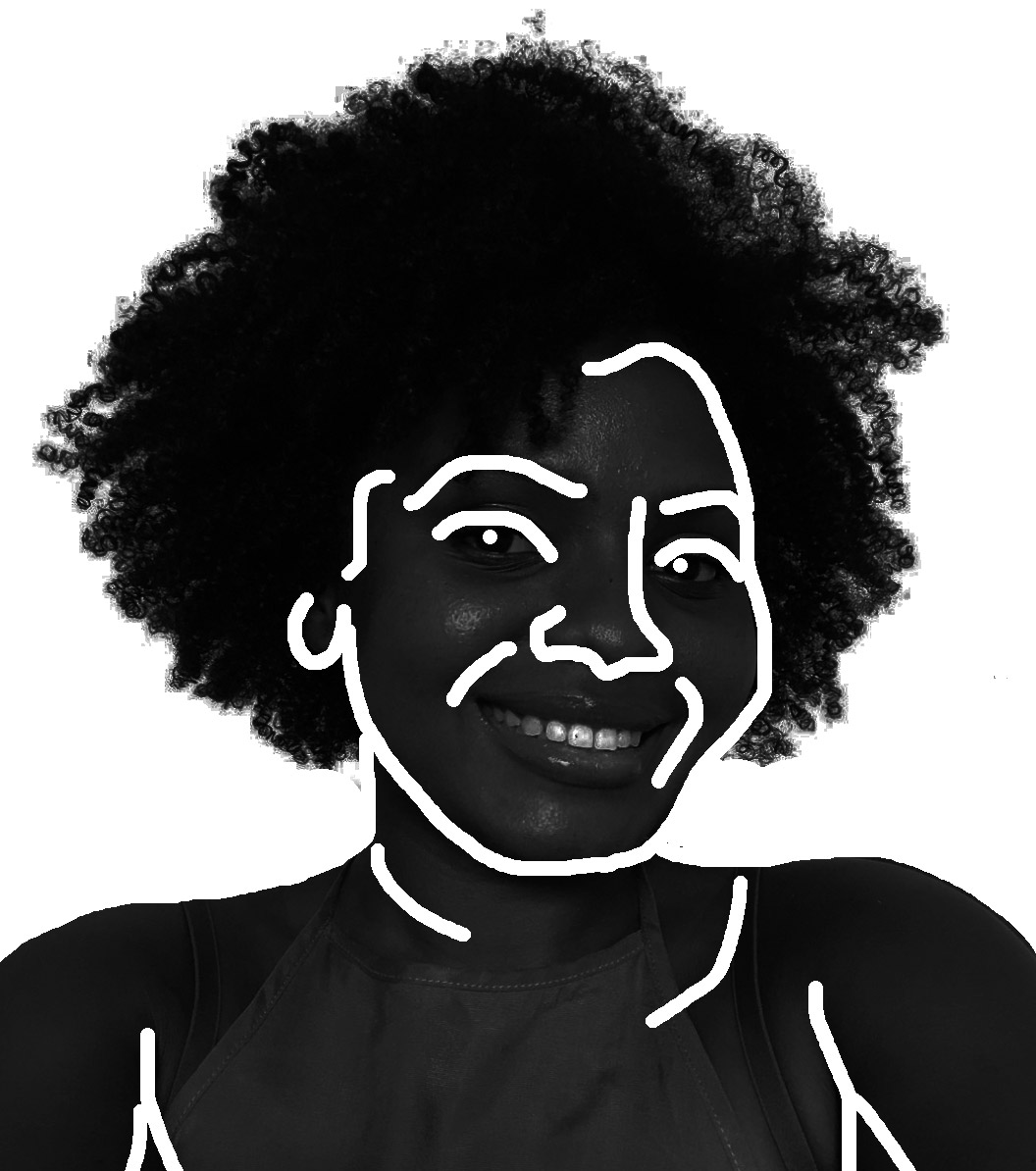

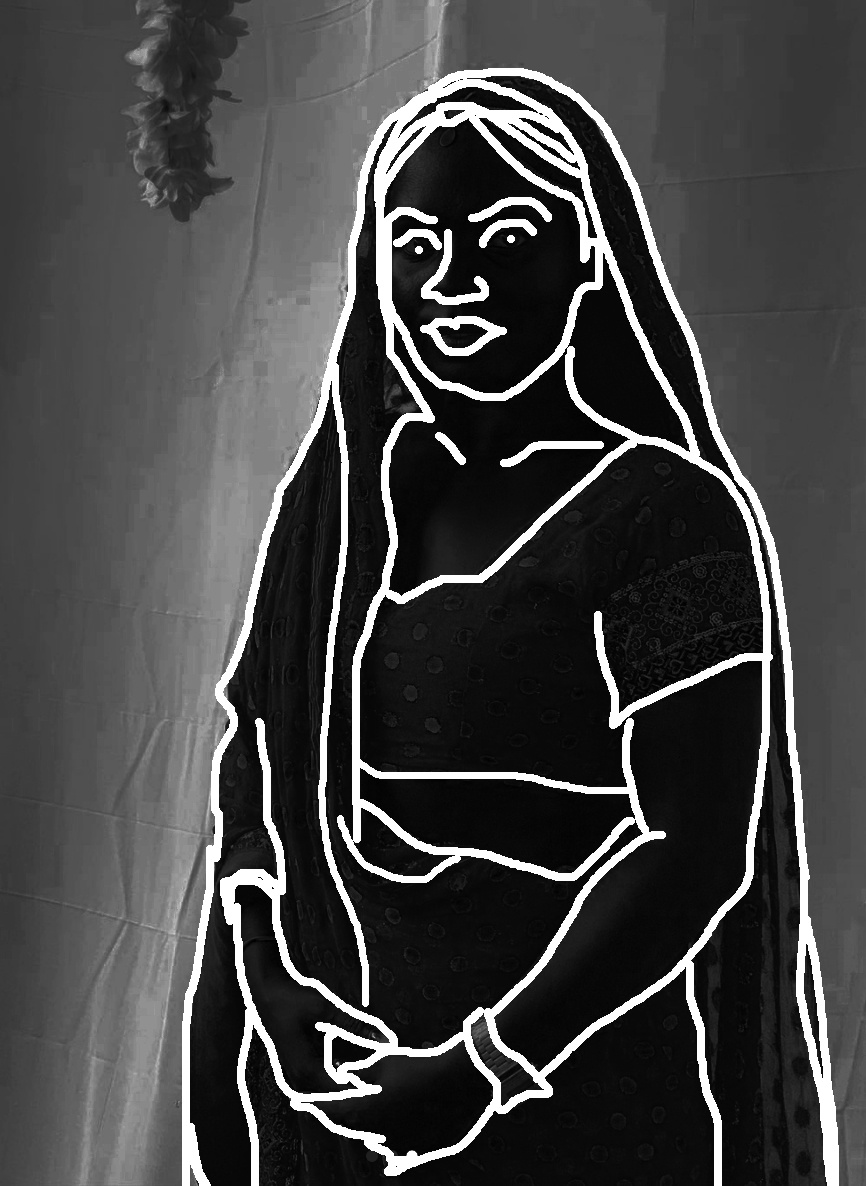

Do you support Vía?
Vía counts on your support. By subscribing to Vía you contribute to the future of a medium that specializes in, and puts emphasis on equality and diversity.
Vía, formerly known as Flóra, was founded 4 years ago for critical readers that want to dive underneath the superficial layer of social discussion and see it from an equality, inclusion, and diversity perspective.
From the beginning, Vía has covered urgent societal topics and published issues and articles that have shone a light on inequality, prejudice, and violence that exist in all layers of society.
We emphasize publishing stories from people with lived experiences of marginalization.
Every contribution, big and small, enables us to continually produce content aimed to educate and shine a light on hidden inequalities in society, and is essential for our continuing work.
Support Vía
Líkamsímynd: Öll stöku tárin
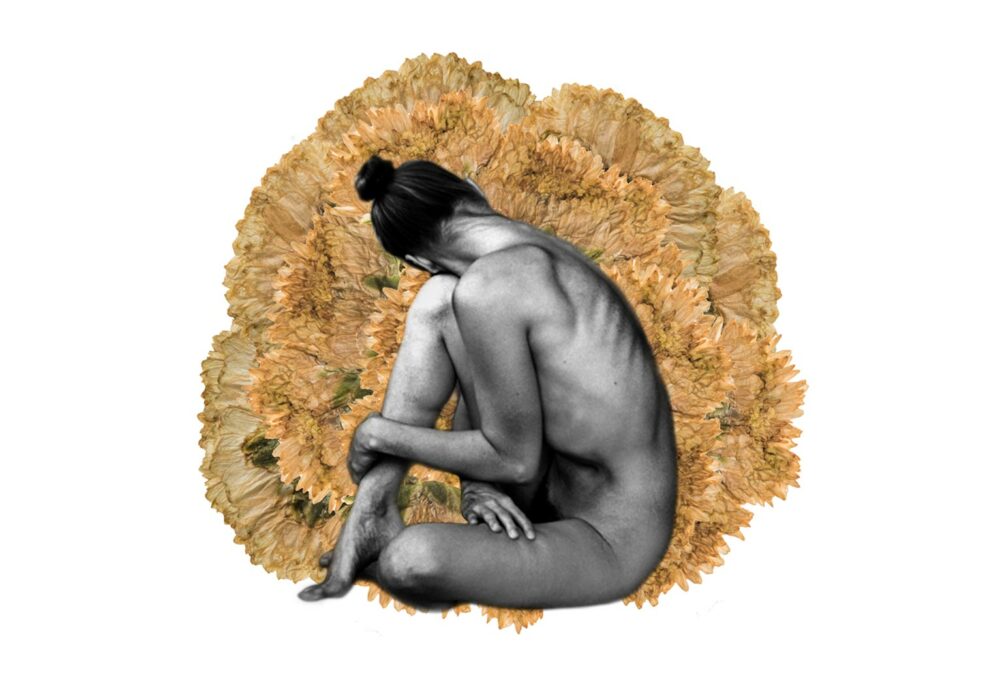
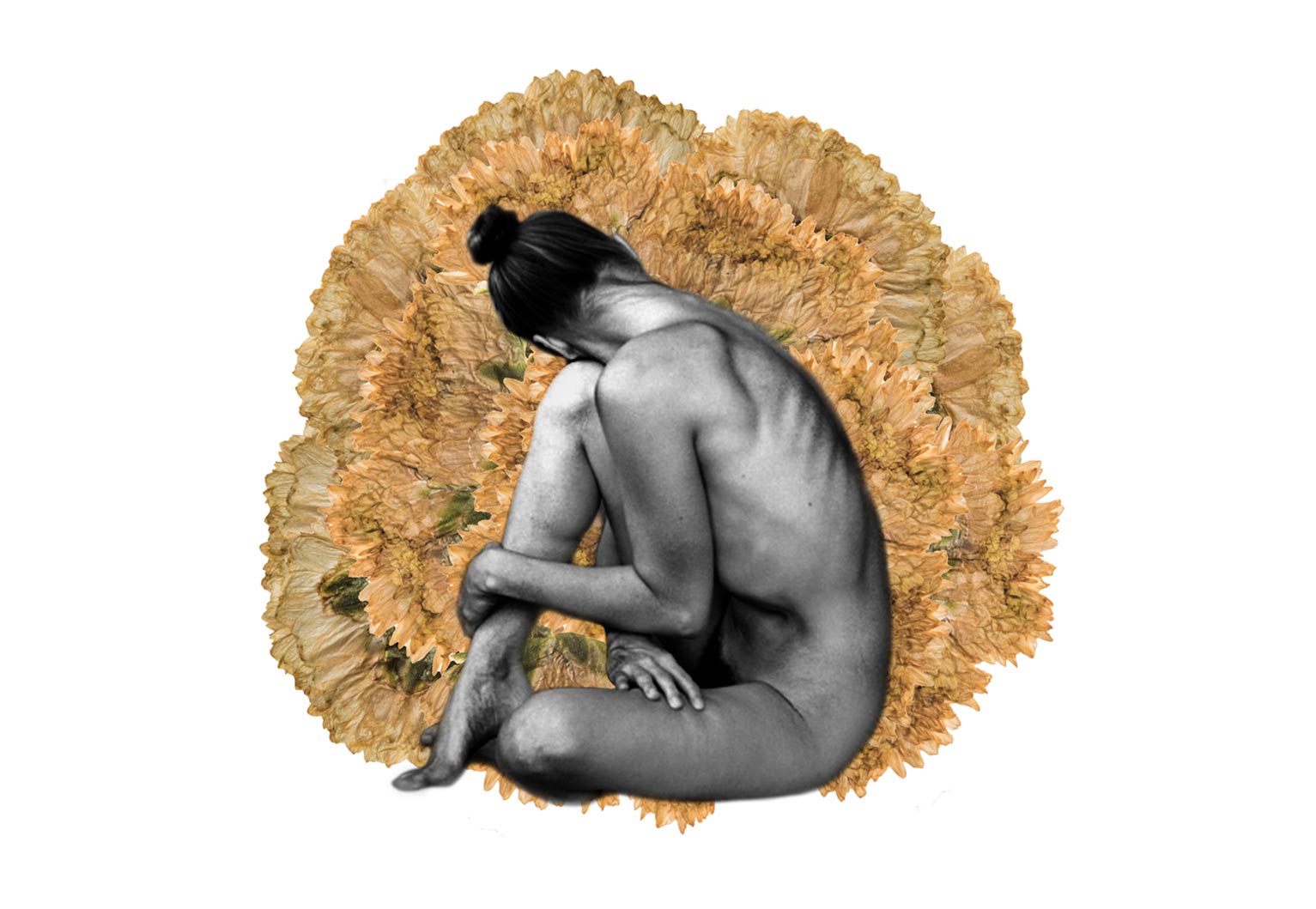
My Right to Exist
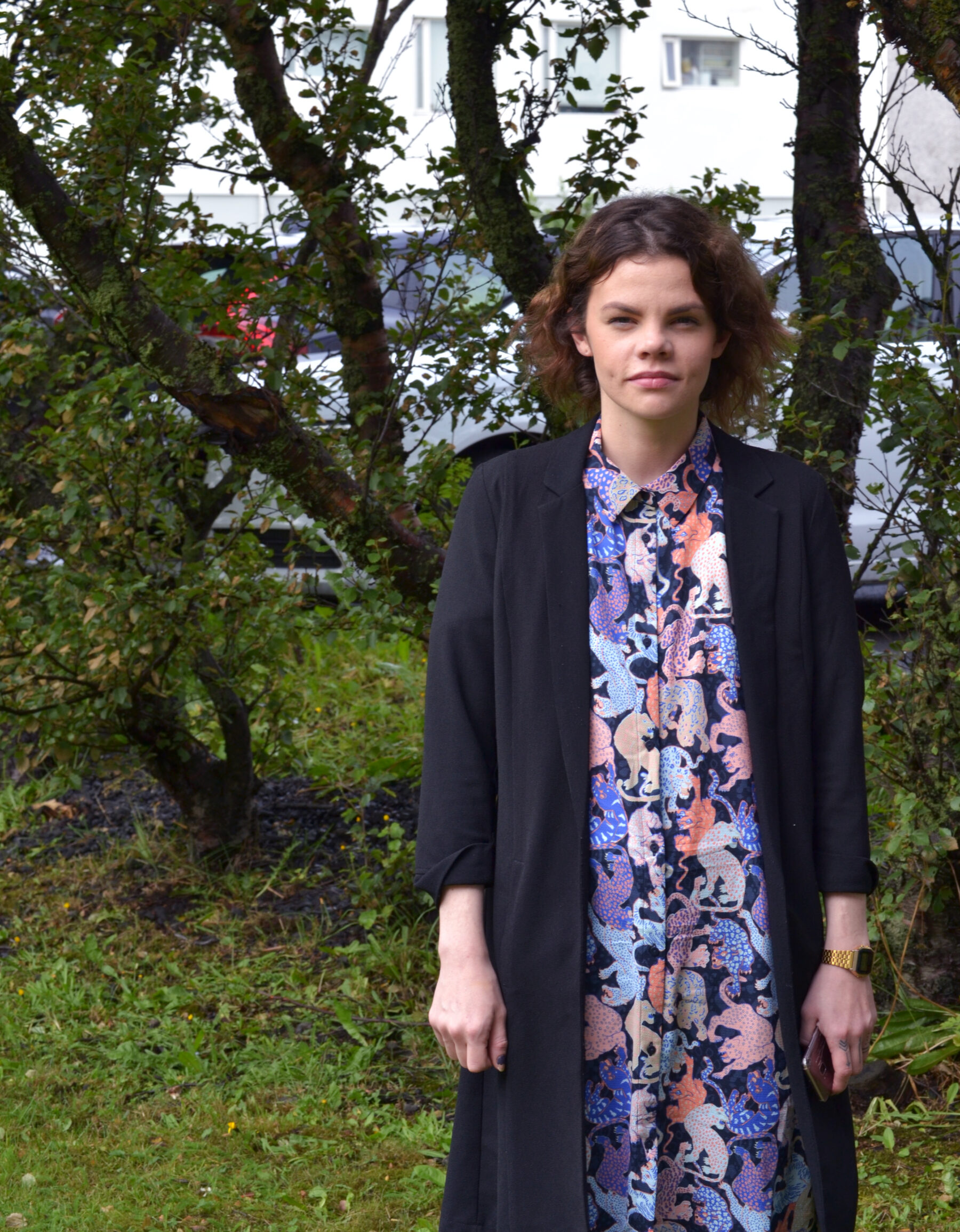

Rape Culture and The Social Pecking Order
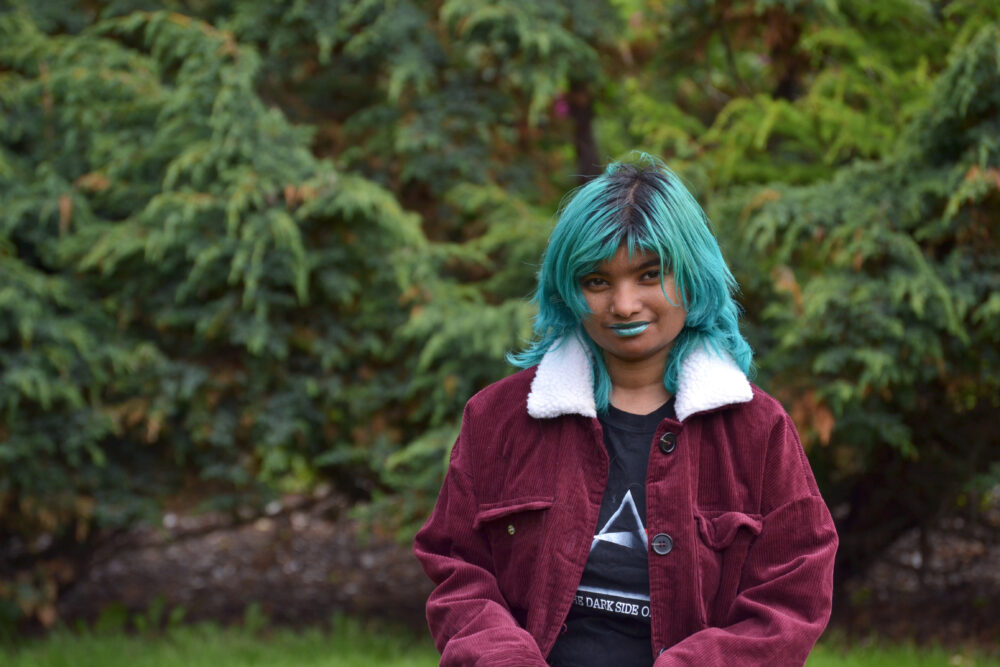
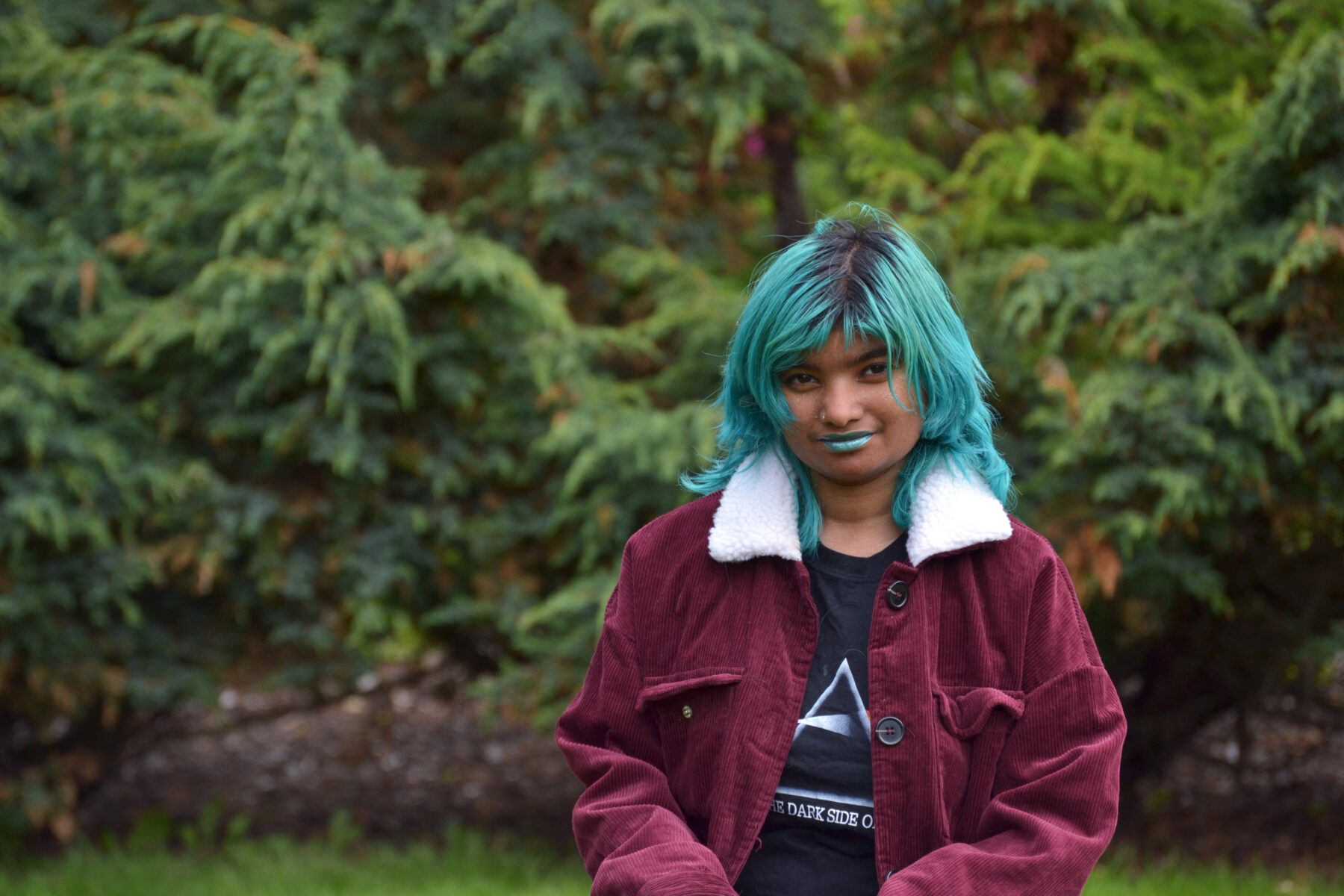
Cultural Criticism: The White Pube


Read more about...